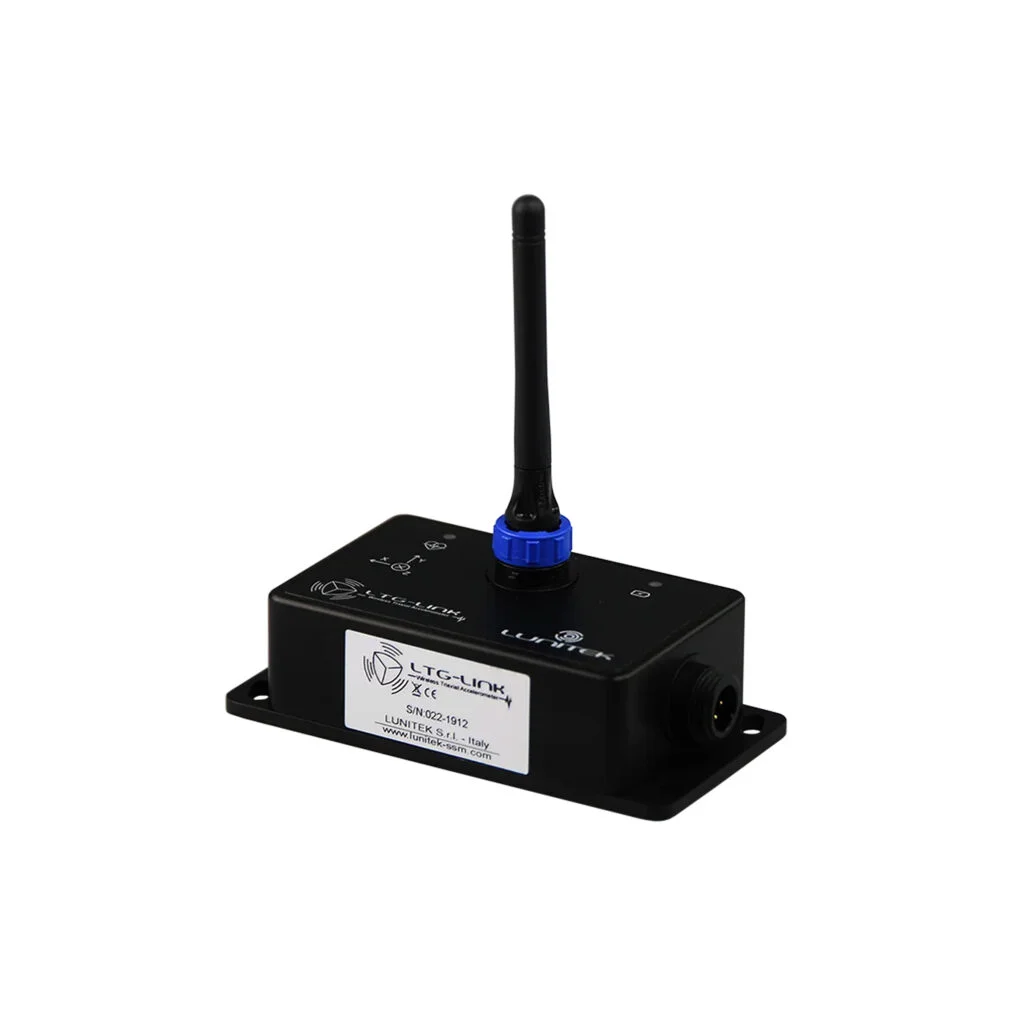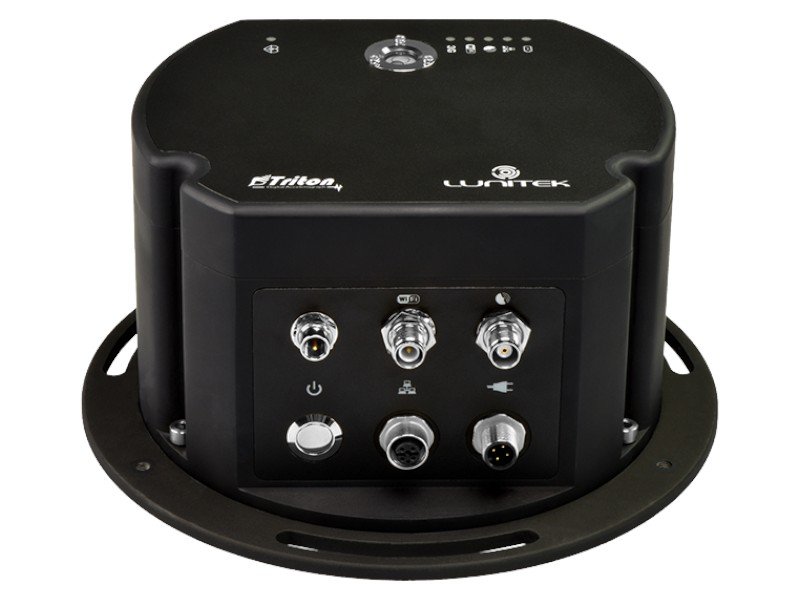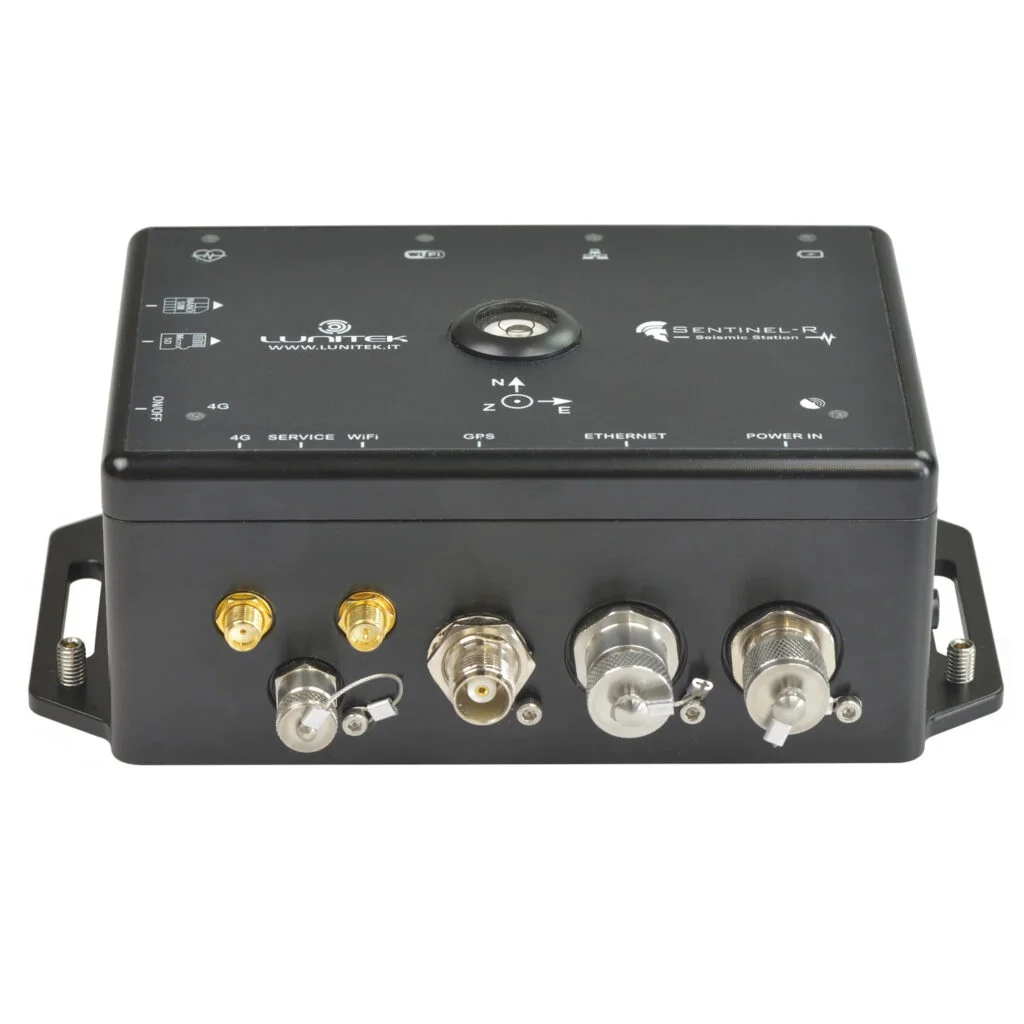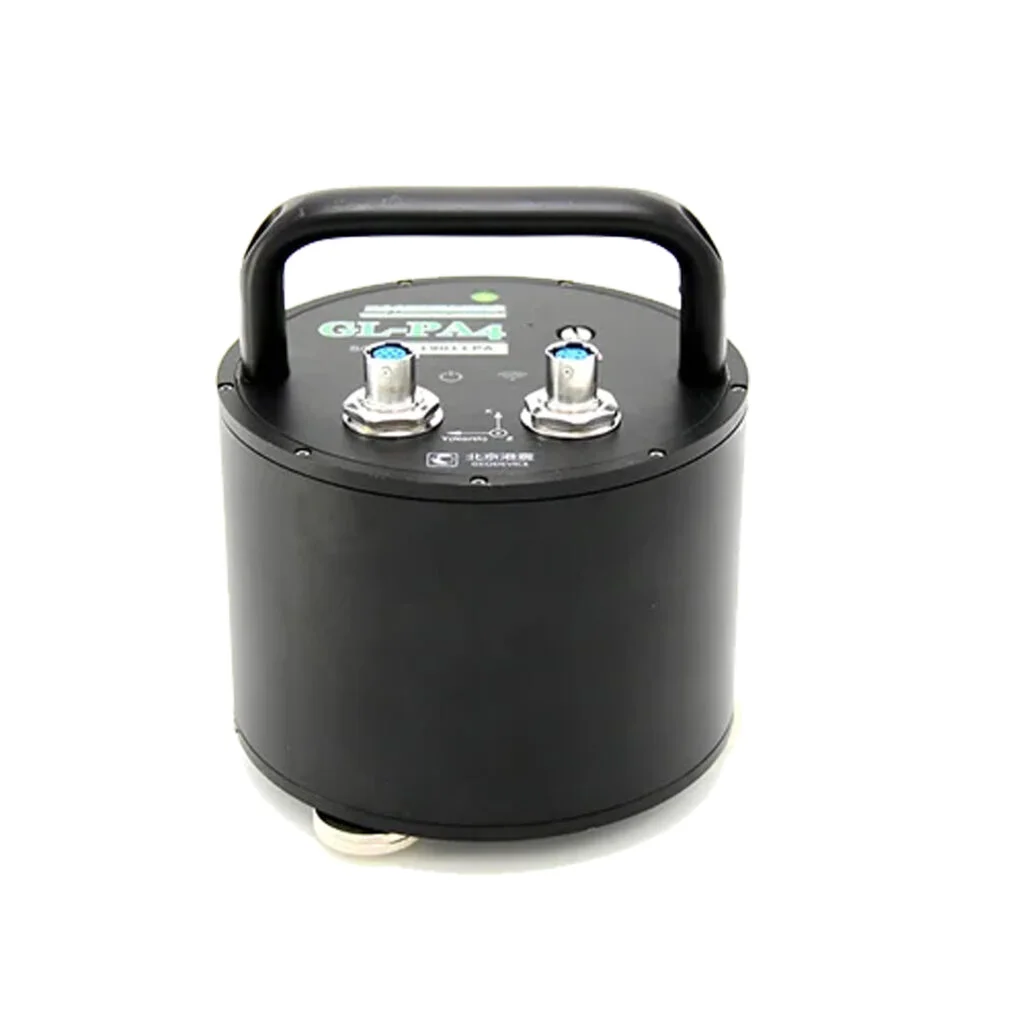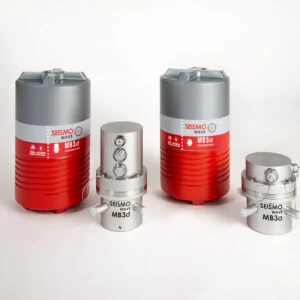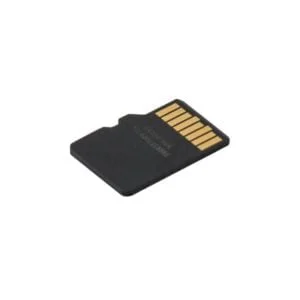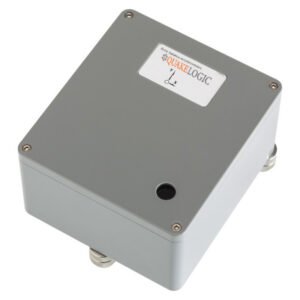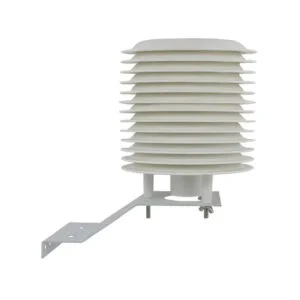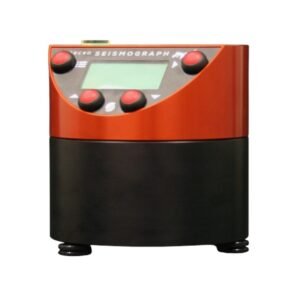Currently Empty: $0,00
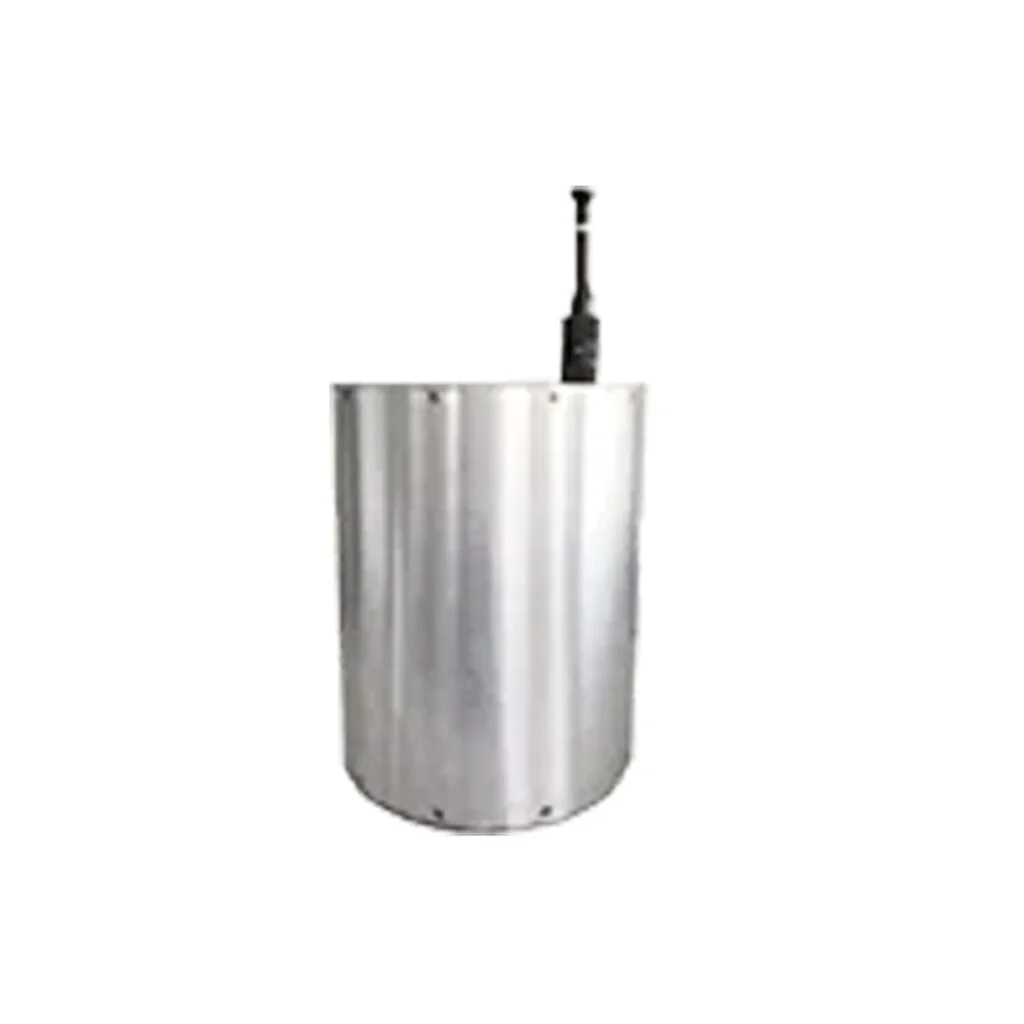
GEO-OBS60-B: BURIED BROADBAND SEABED SEISMOMETER
The buried wide-band seabed seismometer is a three-dimensional seismometer that integrates a seismometer and a digital acquisition system. This type of seismometer is mainly used for seabed seismic observations in my country’s continental shelf areas. By deploying equipment, the seismometer is buried at the bottom of the continental shelf ocean, so that the seismometer recording is not interfered by ocean currents, ensuring a good recording environment in a wide frequency band. Because it is buried on the seabed, it can prevent the seismometer from being salvaged by fishermen’s trawl nets, causing property loss. The seismometer has a built-in atomic clock, which can ensure the time accuracy of long-term (more than half a year) continuous acquisition.
OVERVIEW
Description
The seismometer has a built-in low-noise, high-performance three-way wide-band seismometer, which is composed of three force-balanced feedback-type displacement transducer pendulums evenly distributed along the circumference.
The multi-channel data acquisition is based on the low-power design of the ARM9 processor and the Linux operating system. It has powerful data storage management and self-maintenance capabilities. It can monitor the zero point and tilt angle of the seismometer in real time. When it exceeds the range, it will automatically adapt. Adjustments include horizontal adjustment, seismometer opening, locking, zeroing, etc.
APPLICATION AREAS
It is suitable for shallow sea buried seismic exploration and seismic observation, which helps to understand the internal structure of the earth; through microseismic observation, it monitors the occurrence of major earthquakes and serves earthquake prediction and submarine engineering (such as submarine oil field development); it studies ocean ridges, basins, Characteristics of seismic activity and tectonic activity in areas such as ocean trenches; investigating the crustal structure of the continent-ocean transition zone and revealing the mechanism of plate subduction, etc.
WORKING PRINCIPLE
Select an appropriate sea area as a submarine vibration monitoring point.
Complete charging of the lithium battery pack in advance.
Start up and complete the timing of the seismograph.
Install the seabed seismometer into the deployment equipment, and the deployment equipment will install the seabed seismometer 100-200mm into the seabed.
After the seismometer is installed, the internal leveling mechanism (coarse adjustment) is automatically started.
After the seismometer is leveled, open the pendulum (open pendulum), adjust the zero point (fine adjustment), the seismometer starts to work, and the data collector enters the working state, continuously collects and stores the seismometer output (if the seismometer has open pendulum, adjustment zero function).
When it is necessary to obtain recorded data, the seismometer is retrieved through recovery equipment.
Extract the observation data recorded by the data collector for analysis and scientific research.
REQUEST A QUOTE
You may also like…
RELATED PRODUCTS
REFERENCE CUSTOMERS



















































































































